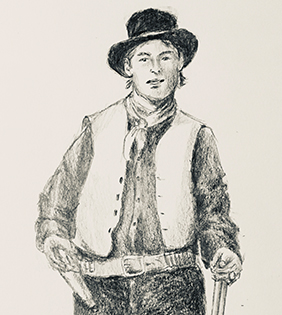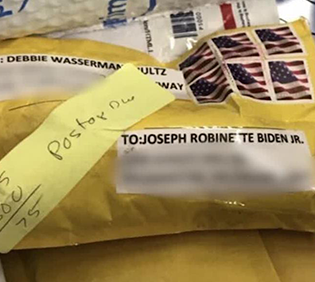Our mission began at the birth of our nation.
Our mission began at the birth of the nation. As America's oldest federal law enforcement agency, we're celebrating 248 years of protecting the U.S. mail, the U.S. Postal Service, and its customers and employees.
Happy 247th Birthday, U.S. Postal Inspection Service
This first week of August marks our 247th birthday! And to celebrate, our Chief Postal Inspector is taking you on a narrated tour of the rich and important history of the United States Postal Inspection Service.
A Guided Tour of U.S. Postal Inspection Service History
We are taking you on a tour of our exhibit at the National Postal Museum in Washington, DC and reviewing our rich and important history.
History of the U.S. Postal Inspection Service
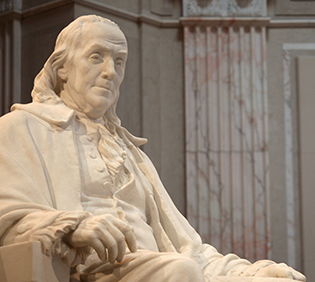
Benjamin Franklin is appointed as the first Postmaster of Philadelphia with the task of “regulating the several post offices and bringing the offices to account.”
Under the colonial postal system, Postmaster General™ Benjamin Franklin creates the new position of “Surveyor” to handle regulating Post Offices™ and auditing postal accounts. Surveyors become the first Postal Inspectors, and are also required to investigate thefts of mail or postal funds, often by a rider, innkeeper, or other person entrusted with the US Mail®.
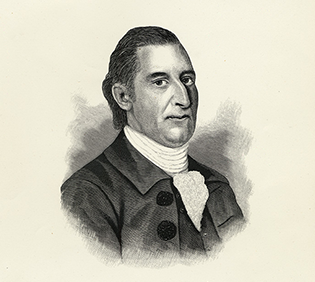
William Goddard is named as the nation’s first Surveyor, the forerunner of the position of Postal Inspector, of the new American postal service. August 7, 1775, the earliest recorded date of his service under the Second Continental Congress, is established as the birth date of the United States Postal Inspection Service.
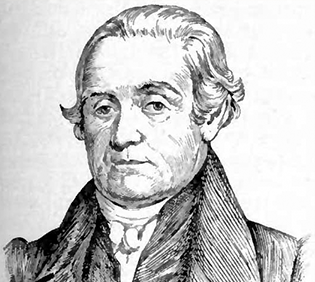
Noah Webster, who would later publish the famous “Webster’s Dictionary,” is recruited by Postmaster General™ Timothy Pickering to investigate a string of mail thefts between New York City and Hartford, CT.
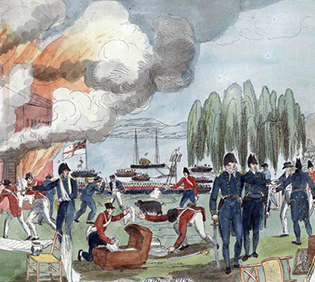
Special Agents observe and report on movements of the British fleet on the Potomac River during the War of 1812.
A separate Office of Instructions and Mail Depredations is formed to be the investigative and inspection branch of the Post Office Department. By 1830, laws and regulations were enacted by Congress which made certain violations against the United States Postal System federal crimes.
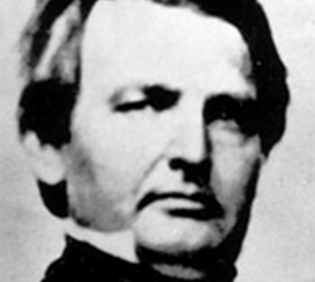
Preston S. Loughborough is placed in charge of a new branch which was the predecessor to the Office of the Chief Postal Inspector.
When checks and cash begin disappearing from the Chicago mail, Allan Pinkerton is appointed Post Office Special Agent to solve the crime and arrest the thieves. Years later, he forms the famous Pinkerton Detective Agency.
Post Office Special Agents supervise the transportation and delivery of mail to Union troops during the Civil War.

Congress enacts the Mail Fraud Statute to combat a post-Civil War outbreak of scams and swindles using the mail.
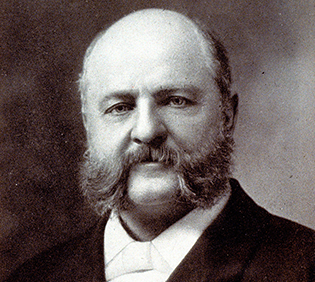
The Postal Obscenity Statute is enacted by Congress, based on the urging of Special Agent Anthony Comstock.
Special Agents become known as Post Office Inspectors after a law is passed by Congress. The change is to differentiate the federal postal agents from the multitude of other “special agents” employed by railway and stagecoach companies.
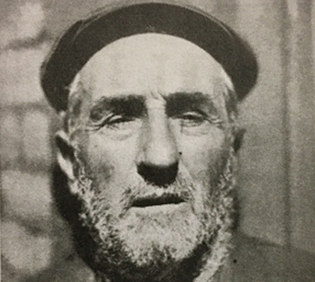
Post Office Inspectors investigate the “Black Hand,” a secret society of criminals who extort money from Italian immigrants by sending them threatening letters. Fourteen members are arrested and convicted.
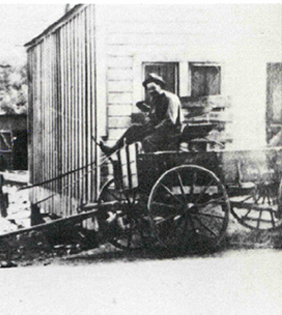
The last known robbery of a horse-drawn mail stage in the U.S. is investigated and solved by Post Office Inspectors. The bandits, who stole $3,000 from the mail and murdered the driver, were arrested within five days of the crime.

Postal Inspectors become the first federal law enforcement officers to carry the Thompson submachine gun — the Tommy gun — to combat the rash of mail train robberies.
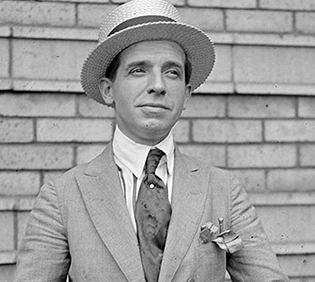
Charles Ponzi, the father of the illegal pyramid scheme, is investigated by Inspectors, who help convict him.
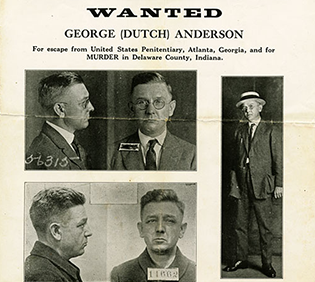
Gerald Chapman and Dutch Anderson, who became the first “Public Enemy #1,” rob a U.S. Mail® truck in New York City. They made off with over $2 million, making it the largest U.S. robbery of the time. Inspectors captured the two robbers.
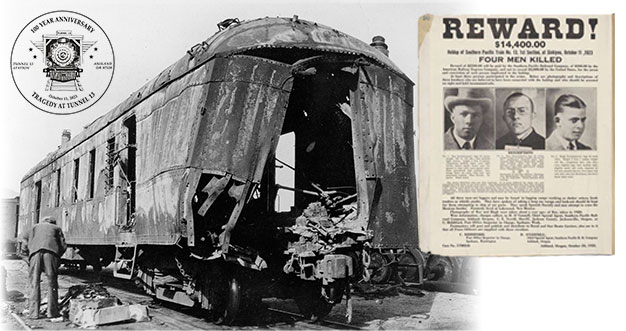
Three brothers, Roy, Ray, and Hugh, violently rob a mail train in Tunnel 13 on the Southern Pacific Railroad in southern Oregon and flee into the Siskiyou Mountains. Their use of explosives and inexperience in train robberies led to the deaths of a postal clerk and three railway personnel. What followed was one of the largest and most expensive manhunts in U.S. history.
LEARN MORE
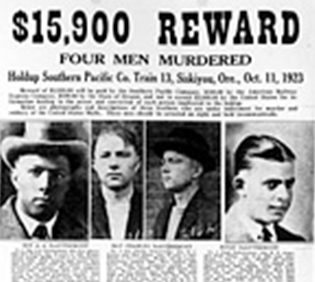
Post Office Inspectors successfully conclude a three and half year, worldwide manhunt for three train bandits known as the D’Autremont brothers. The brothers killed four men and blew up a mail car, which they thought was carrying half a million dollars in gold.
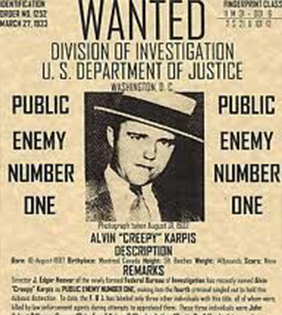
“Public Enemy #1” Alvin Karpis is arrested by Inspectors and local police for the spectacular machine-gun holdup of an Erie Railroad mail train at Garrettsville, OH.
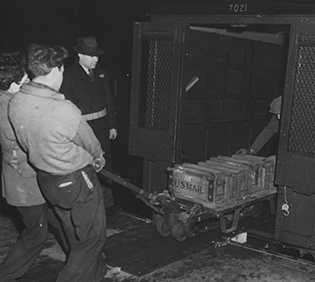
When the nation’s $15.5 billion gold reserve is transferred from New York to Fort Knox, Post Office Inspectors plan the movement and protection of the bullion, which was sent by Registered mail®. The transfer required 500 rail cars, took several years and was completed without a mishap.
With more than 600 Post Office Inspectors on the rolls, a separate Bureau of the Chief Inspector is established with three investigative branches: Mail, Financial, and Administrative Investigations.
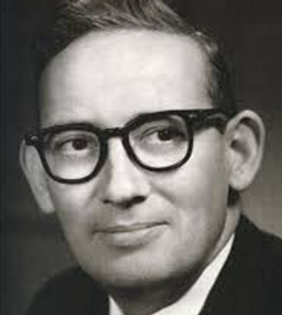
Post Office Inspector Robert Aurand Moon, sometimes known as “Mr. ZIP,” develops the idea for the Zone Improvement Program – the ZIP Code™. It is implemented in 1964.
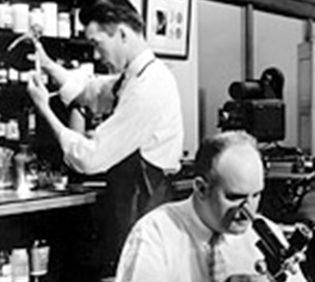
The first of five Postal Inspection Service forensic laboratories is established in Washington, D.C.
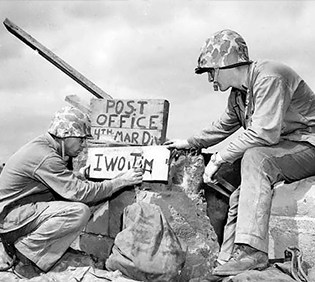
Post Office Inspectors organized the mail system for the military during World War II. The system is so efficient that even frontline troops expect mail delivery as normal procedure.
Recognizing the natural link between forensic technology and law enforcement, the number of Crime Laboratories grows to five to better support investigations.
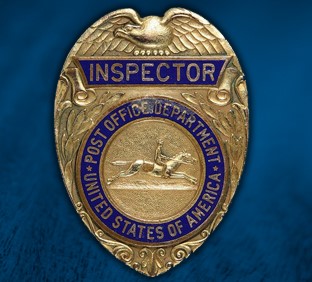
Post Office Inspectors are retitled “Postal Inspectors” to reflect their relationship to all phases of the postal services and the U. S. Mail®, instead of only to Post Offices™.

Owners of the Hope Diamond send the priceless jewel to the Smithsonian Institution by U.S. Mail®. Postal Inspectors ensured the gem arrived safely at its destination.
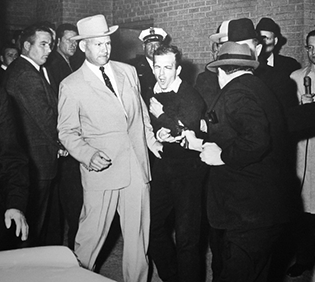
Postal Inspector Harry Holmes interviews Lee Harvey Oswald about the mail order rifle used to assassinate President John F. Kennedy. Minutes later, Oswald is gunned down by Jack Ruby.
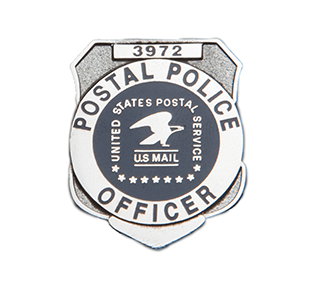
With the Postal Reorganization Act of 1970 (effective 1971), a uniformed security force, now called the Postal Police, is added to assist in carrying out the Inspection Service’s mission.
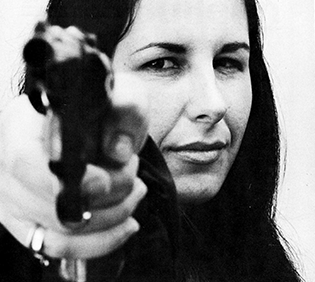
The Postal Inspection Service becomes one of the first federal law enforcement agencies to hire female agents.
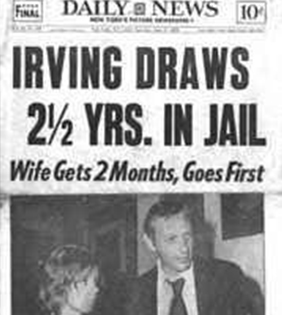
Postal Inspectors and Postal Inspection Service forensic scientists prove that a handwritten note giving Clifford Irving exclusive rights to write Howard Hughes’ biography was a fraud.
The passage of the Child Protection Act gives Postal Inspectors additional powers to focus on child pornography distributors and their customers. Since 1984, Postal Inspectors have arrested thousands of child molesters and pornographers.
“Operation Looking Glass,” a sting operation targeting child pornography, results in over 100 arrests.
Postal Inspectors arrest Ivan Boesky and Michael Milken as part of a widespread insider trading case on Wall Street.
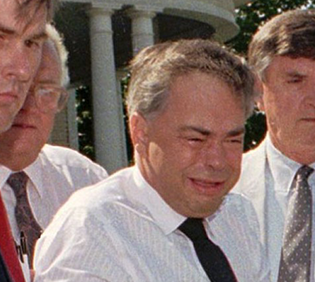
Postal Inspectors arrest televangelist Jim Bakker, co-founder of the Praise the Lord (PTL) Club, for mail fraud after he scammed believers out of $178 million. He is sentenced to 45 years in prison.
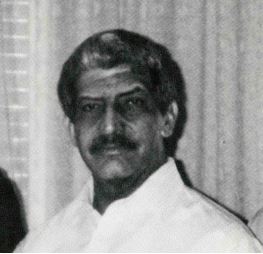
A suspect fleeing from the scene of the assassination of Rabbi Meir Kahane in New York City shot Postal Police Officer Carlos Acosta. Although wounded, PPO Acosta returned fire and successfully prevented the suspect’s escape. PPO Acosta recovered from his wounds; the suspect was convicted and sentenced to life in prison.

The Postal Inspection Service breaks up a worldwide art-fraud ring that marketed bogus paintings purported to be by such renowned artists as Salvador Dali, Joan Miro, and Pablo Picasso.
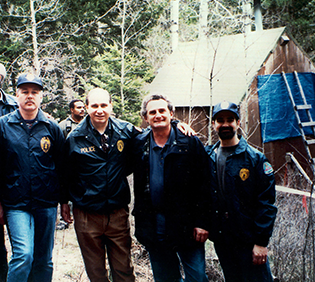
Ted Kaczynski, the Unabomber, is arrested after one of the largest and most extensive manhunts in modern history. The Postal Inspection Service’s 17-year investigation into the bombings was essential to solving the case and capturing Kaczynski.
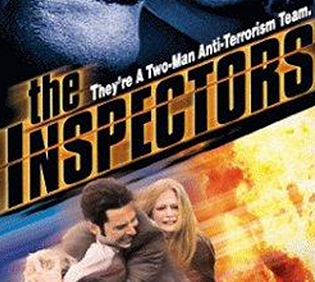
Showtime Network airs “The Inspectors,” the first movie about the Postal Inspection Service since the 1951 classic, “Appointment With Danger.” The movie is based on the 1991 Chugiak, Alaska, mail bombing.
“Operation Avalanche,” a coordinated strike between the Postal Inspection Service and 30 other federally funded task forces, results in the arrest of 100 child pornographers and molesters who used the mail and the Internet to exploit children.
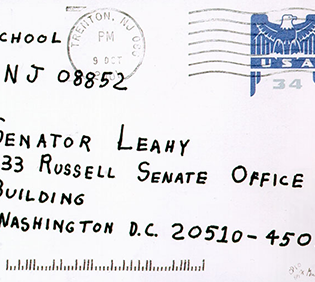
Four anthrax-laden letters result in the deaths of two postal employees and three citizens. After a nine-year investigation with the FBI, a suspect was identified but committed suicide before charges were brought.
Allen Stanford is sentenced to 110 years in prison for masterminding a $7 billion Ponzi scheme. For twenty years, Stanford lured investors to buy certificates of deposit in his offshore Stanford International Bank with the promise of high returns. The investigation by Postal Inspectors into the mailings led to his arrest and the end of the scam.
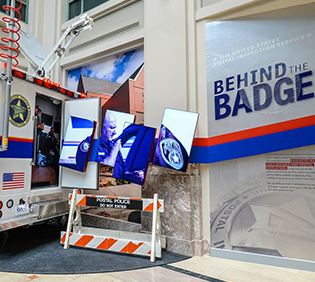
The Smithsonian Institution’s National Postal Museum opens a new exhibit, Behind the Badge, which spotlights the work of the Postal Inspection Service.

CBS network premieres “The Inspectors,” a half-hour drama series on Saturday mornings. In its first season, the show captures the Daytime Emmy for Best Actor.
An investigation by Postal Inspectors and the Department of Justice leads to Western Union and MoneyGram agreeing to return almost $600 million to people victimized by money transfers to fraudulent foreign lottery, sweepstakes, online dating, and advance fee scams.
Honoring their valor
We remember the service and sacrifice of those who lost their lives in the line of duty.
See More
